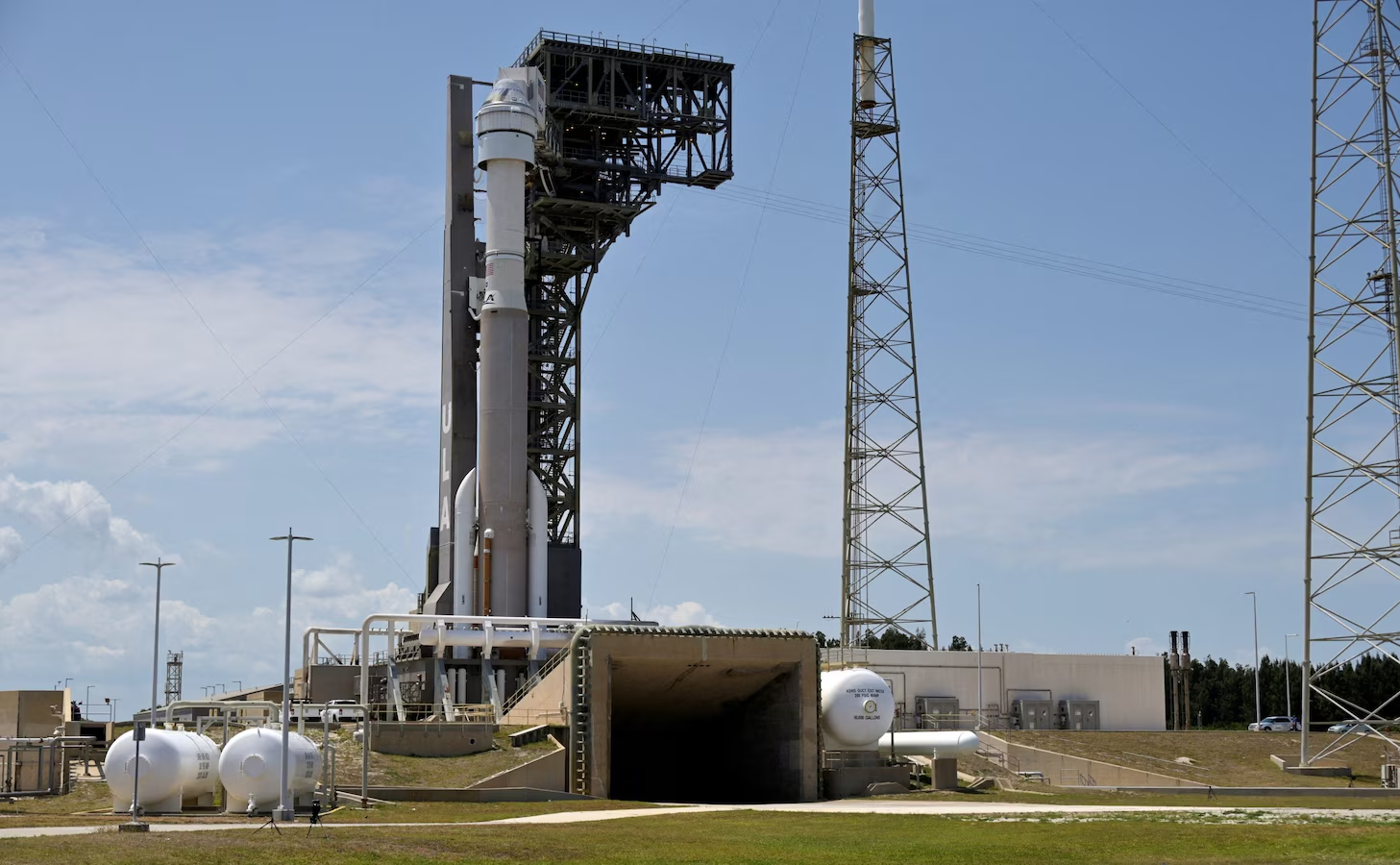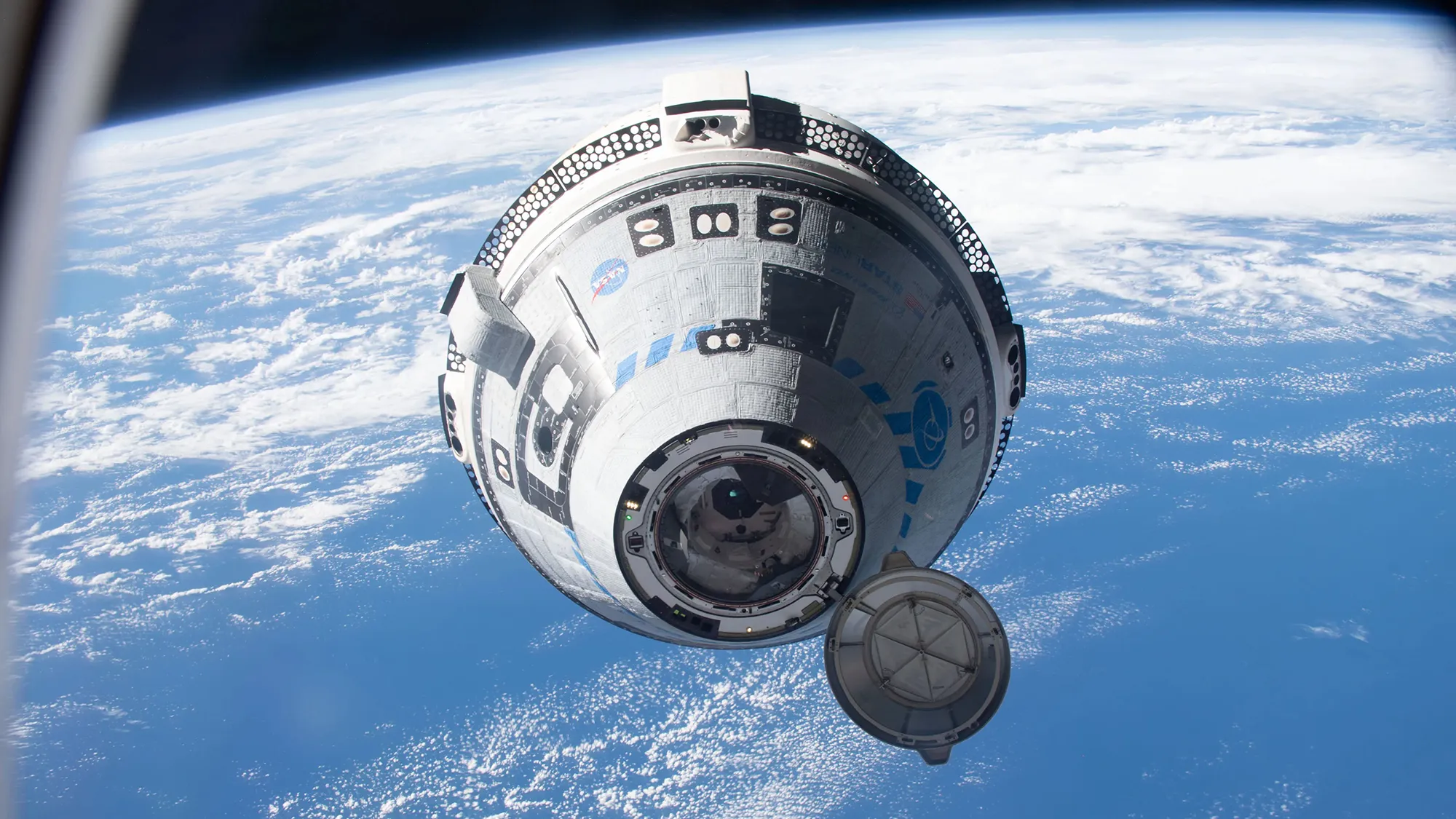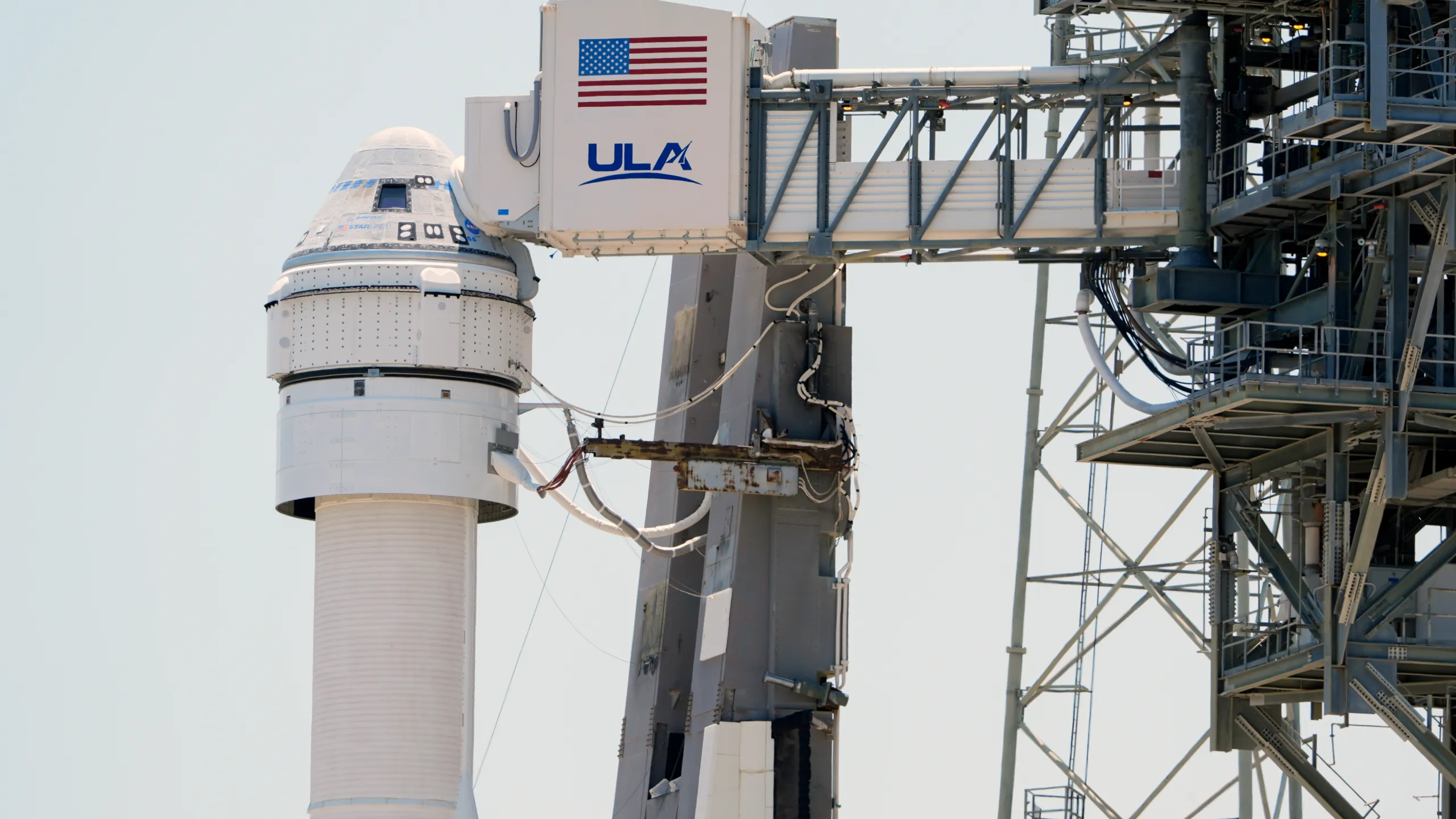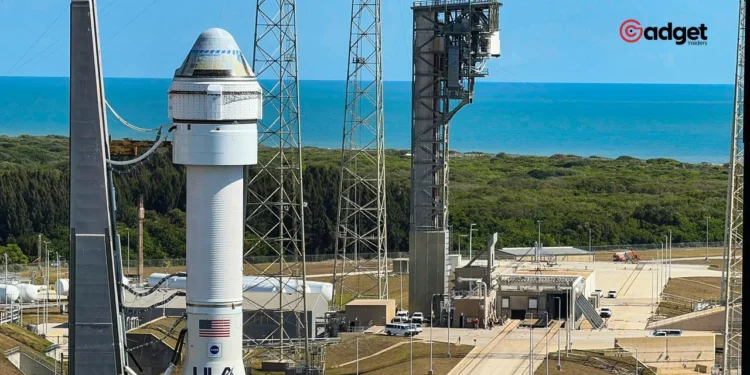As the clock ticks down to Boeing’s first crewed space mission aboard the Starliner spacecraft, scheduled for June 1, the aerospace giant faces a new challenge—a helium gas leak. Despite this setback, Boeing has made a bold decision to proceed with the mission without fixing the small leak, underscoring the high stakes and pressures in the race to the International Space Station (ISS).

Persistent Challenges in Boeing’s Space Endeavor
The Starliner program, initiated in 2010, has encountered a string of technical glitches that have delayed its goal of transporting astronauts to the ISS. The spacecraft was originally set to launch astronauts Butch Wilmore and Suni Williams on May 6. However, just hours before the scheduled departure, a faulty valve on the United Launch Alliance rocket was detected, leading to the mission being scrubbed.
The discovery of a helium leak in the spacecraft’s service module, which contains the propulsion system, added to the woes. Yet, after replacing the faulty rocket valve, NASA and Boeing decided not to replace a small leaking joint in the Starliner, opting instead to monitor the situation closely during the pre-launch phase.
🚨Breaking News-
An Atlas V 🚀 with The Boeing Starliner Capsule CST-100 carrying the NASA crewed Mission CFT is postponed again and now scheduled for June 1st, 12.25pm ET. #BreakingNow#Starliner #NASA #Space#SpaceX #ThinkDeeply#SunitaWilliams
👇
The launch re-scheduled to… pic.twitter.com/dWAjiGSAkX— Masroor H. Bukhari (@MasroorBukhari) May 24, 2024
Boeing’s Strategic Decision: Risk Versus Reward
Mark Nappi, Vice President of Boeing’s commercial crew program, described the decision as a strategic risk, noting that repairing the seal would be “quite involved” and necessitate significant dismantling of the Starliner at its factory. Steve Stich, manager of NASA’s Commercial Crew Program, explained the rationale behind flying with the unresolved leak, emphasizing that it was manageable even if the leak rate increased substantially. He reassured that this issue affects only one of the spacecraft’s 28 thrusters, which are crucial for controlling its attitude in space.

A History of Resilience in Space Missions
Historically, space missions have not been strangers to such predicaments. Stich highlighted that NASA’s space shuttles also faced similar leak issues, and even SpaceX’s Dragon capsules have encountered minor leaks during their missions. This perspective puts Boeing’s current situation within a broader context of the inherent challenges of space travel.
The Stakes Are High for Boeing
The upcoming Starliner mission is more than a routine space flight; it is pivotal for Boeing as the company seeks redemption from past missteps. A successful mission would significantly boost confidence in Boeing’s capabilities, especially as it competes with SpaceX, which has surged ahead with its Crew Dragon capsule. Moreover, NASA’s endorsement of a second commercial vehicle for crew transport to the ISS is contingent on Starliner’s success, a goal that has been pending since the retirement of the space shuttles in 2011.

Boeing’s Starliner: Testing Resilience in Space
As Boeing gears up for the June 1 launch, all eyes will be on the Starliner. With the backing of NASA and the resilience shown in addressing and managing technical challenges, the mission represents a crucial juncture for Boeing in its quest to become a reliable transporter of astronauts to the ISS. Despite the pressures and the complex history of the Starliner program, Boeing’s commitment to advancing space exploration remains unshaken, even in the face of daunting challenges.










